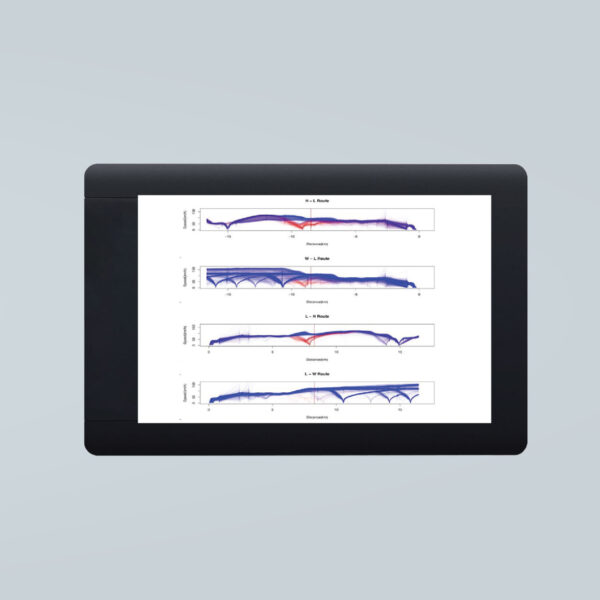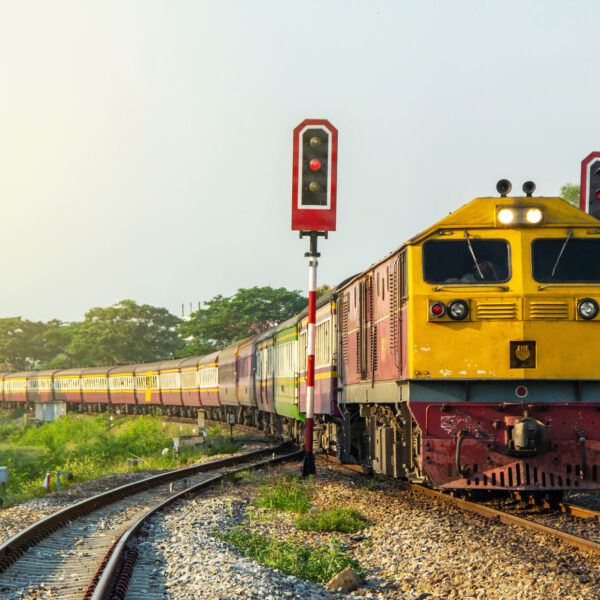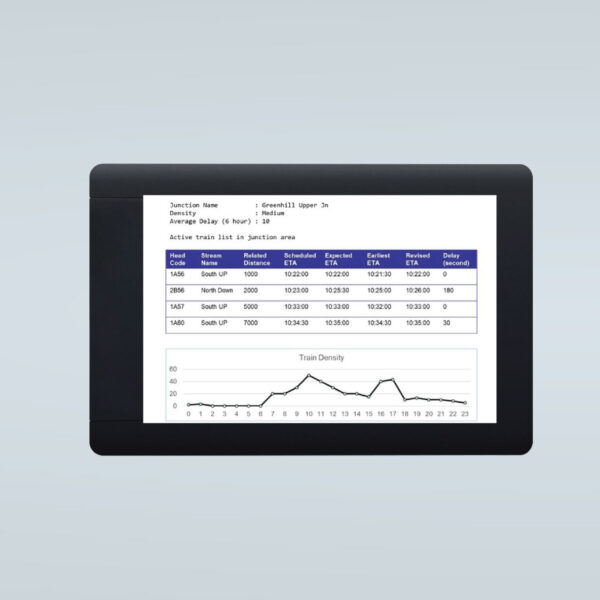Junction Scheduler automatically re-plans train movements through junctions to minimise delays at an individual junction, or a network of junctions. It does this by resolving conflicts automatically in real-time, while also considering energy use – important for congested rail networks. Junction Scheduler also helps produce significant improvements to on-time running and reduces costs due to better scheduled, smoother train flows and on-time arrivals. It also decreases energy use as train stoppages and start-ups are minimised. Asset wear and tear is also reduced by minimising the amount of braking required.

Minimise Rail Network Delays and Costs with Junction Scheduler
A TTG Energymiser® module, Junction Scheduler works in trains fitted with C-DAS or similar solutions to provide rail traffic management functionality.


